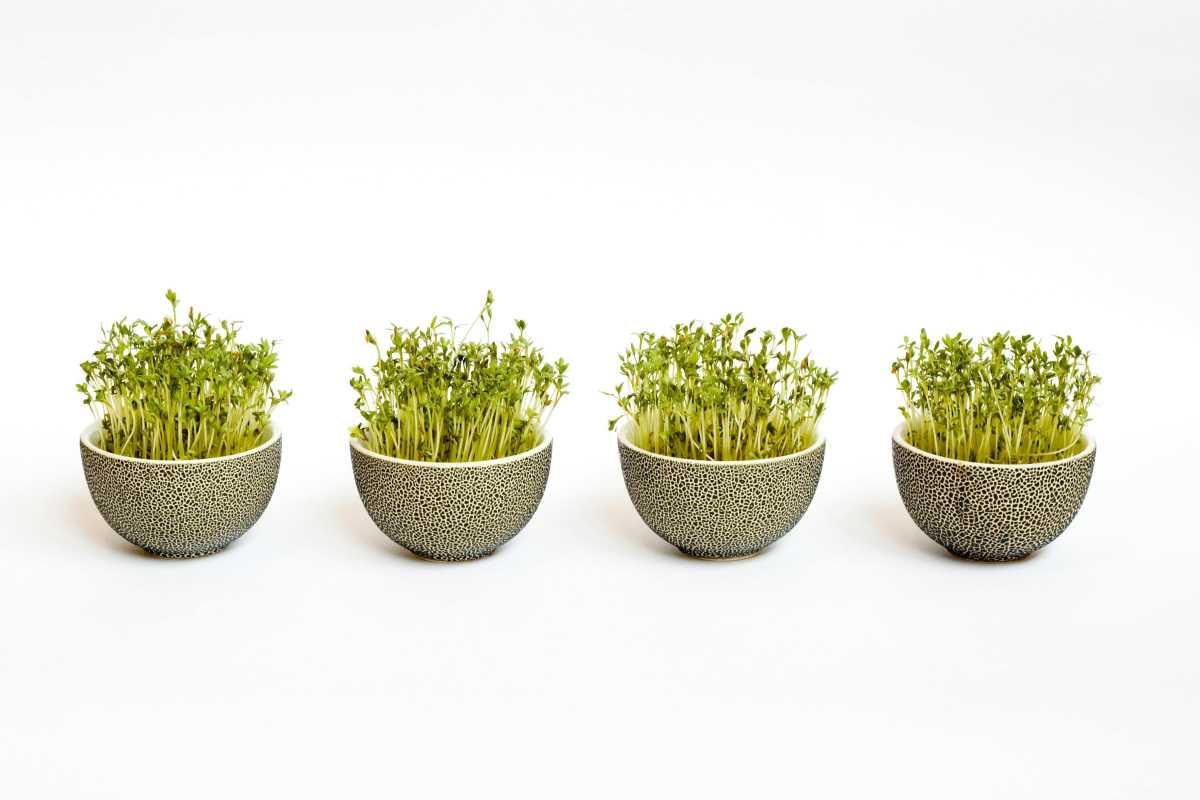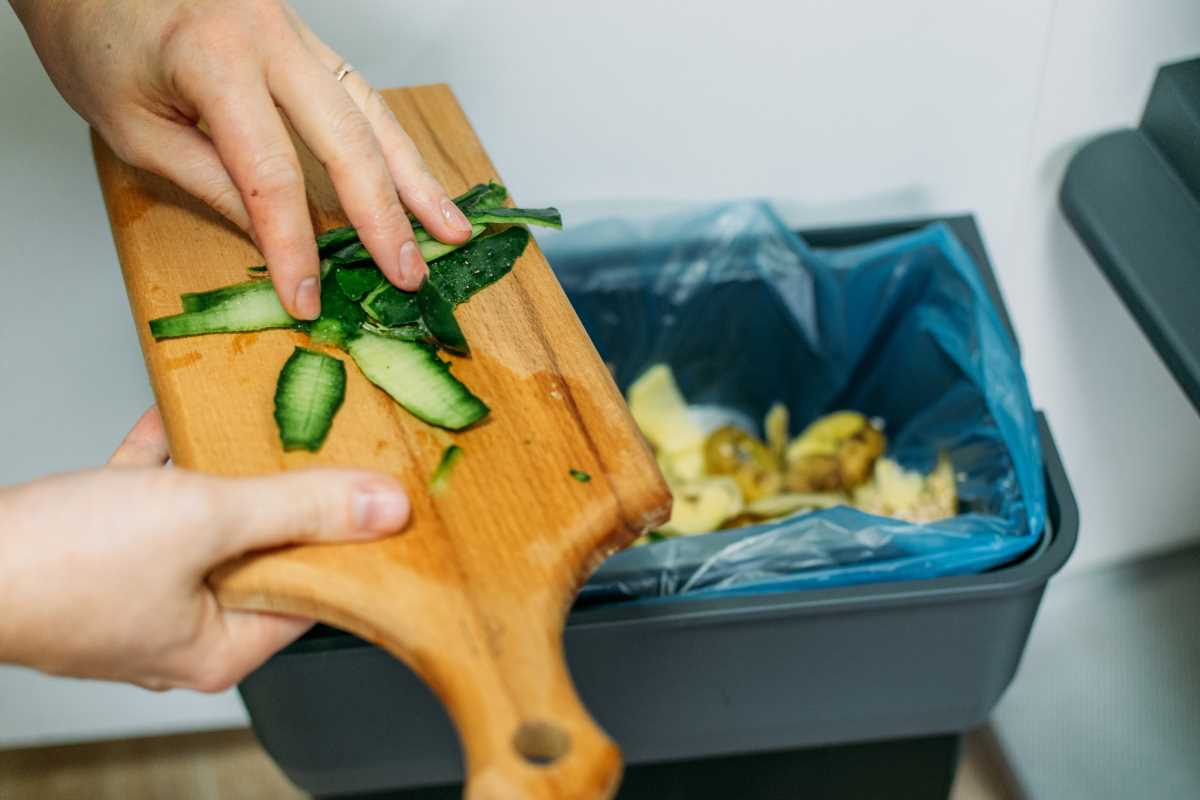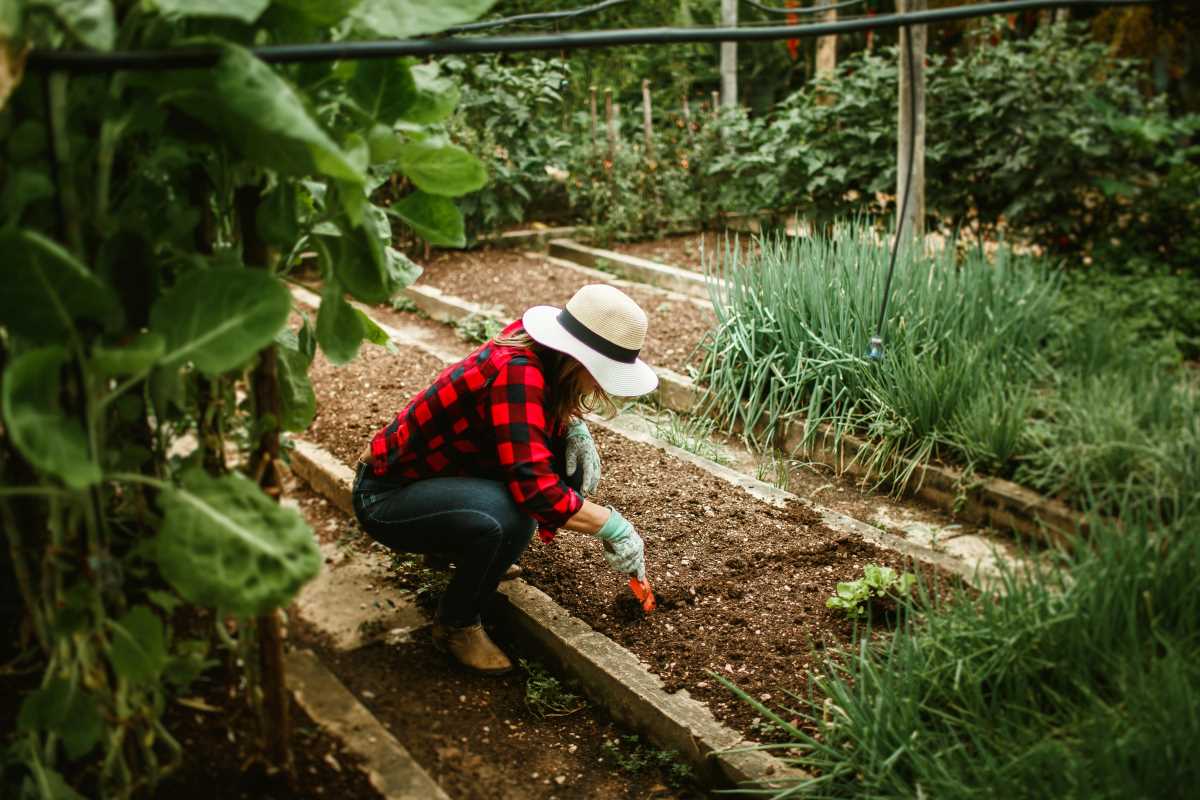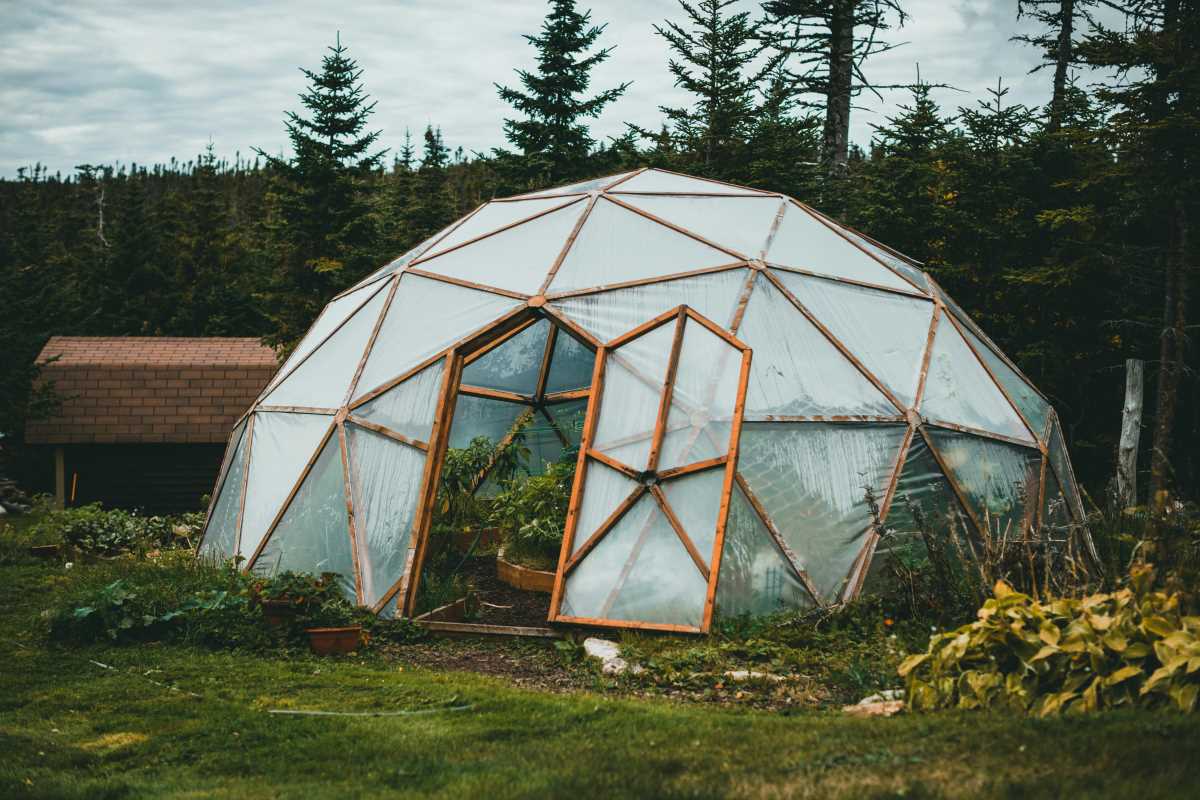Imagine transforming your home into a lush haven where food and nature blend seamlessly. Gardening offers a delightful and straightforward opportunity to infuse your culinary creations with fresh, vibrant flavors while also enhancing the beauty of your surroundings. This guide provides you with practical tips and insights to cultivate your own herbs and vegetables, adding not just a burst of taste to your meals, but also a touch of joy to your everyday life. Whether you're a seasoned gardener or just beginning, you'll find inspiration and guidance to start your own green adventure right at home.
Homegrown ingredients not only taste better but also offer a personal touch to your recipes. These hands-on techniques are designed to be accessible, ensuring that anyone with a little space and passion can enjoy the delights of a small garden.
The Perks of Homegrown Kitchen Ingredients
Growing your own kitchen ingredients offers remarkable benefits. When you nurture your plants, every meal gains an extra layer of freshness and flavor that store-bought products rarely match. Experimenting with your garden helps you discover new tastes and create unique dishes to share with friends and family.
You also enjoy the satisfaction of knowing exactly what goes into your food. The benefits include:
- Enhancing flavor from freshly picked produce
- Improving freshness that boosts meal quality
- Saving money on grocery bills
- Having ingredients readily available when cooking
Choosing the Right Plants for Your Space
Deciding what to plant begins with an honest assessment of your available space and local conditions. Think about how much sunlight your spot receives and how much room you have to grow your greens. A well-planned garden starts with understanding your environment.
Select plants that thrive in your specific setting. Consider these factors:
- Sunlight exposure: Identify areas that receive adequate natural light throughout the day.
- Space limitations: Decide whether you need container-friendly varieties or can go for larger plots.
- Local climate: Pick herbs and vegetables that handle your region’s temperature swings.
- Favorite dishes: Choose plants that will naturally enhance the meals you enjoy preparing.
Simple Garden Setups for Any Home
Whether you have a sprawling yard or a cozy balcony, you can set up your garden creatively. For those with limited outdoor space, container gardening and vertical planters let you make the most of every inch. Try different configurations until you find one that suits you best.
Indoor spaces also offer great opportunities for a green retreat. Consider a sunny windowsill or a small patio where you can grow culinary favorites. Organize your plants in a way that makes watering and maintenance easy, and enjoy a burst of nature right outside your kitchen window.
Planting and Caring for Your Culinary Favorites
Starting your garden involves some planning and simple steps. Begin with well-draining soil and select sturdy pots or garden beds that fit your area. Dig in with optimism; preparing the right soil conditions helps roots settle comfortably.
When planting, space your herbs and vegetables appropriately to prevent overcrowding. Water your plants regularly and look out for signs of pests. For beginners, planting herbs like basil, mint, and parsley or vegetables such as cherry tomatoes and radishes offers a reliable entry into home gardening. A little care each day can turn even a small pot into a thriving source of culinary delight.
Harvesting and Using Your Homegrown Ingredients
Knowing when to pick your own produce takes practice, but it rewards you with the best possible flavors. Observe your plants closely and enjoy the growth process by gathering produce at its peak. This moment becomes one of the most satisfying as you prepare meals with freshly harvested ingredients.
Use your garden treasures in everyday dishes with simple techniques. Try these ideas:
- Harvest in the morning when the flavors are most concentrated.
- Trim leaves gradually to encourage continuous growth.
- Add herbs at the end of cooking to preserve their aroma and taste.
- Experiment with raw salads to experience a burst of freshness.
Common Troubleshooting Tips
Even the most careful gardeners face challenges. Simple fixes can often resolve issues caused by over-watering or pest invasions. Quick adjustments in your routine can restore the balance between weather, soil, and plant needs.
When setbacks occur, follow these straightforward solutions:
- Check soil moisture levels carefully to avoid waterlogging.
- Inspect leaves for signs of pests, and use gentle, non-toxic remedies.
- Move your pots or garden beds to ensure they receive enough sunlight.
- Switch to organic fertilizers if your plants show signs of nutrient deficiency.
Enjoy each step as your small garden enhances your cooking. Keep exploring new ways to use what you grow.
 (Image via
(Image via





